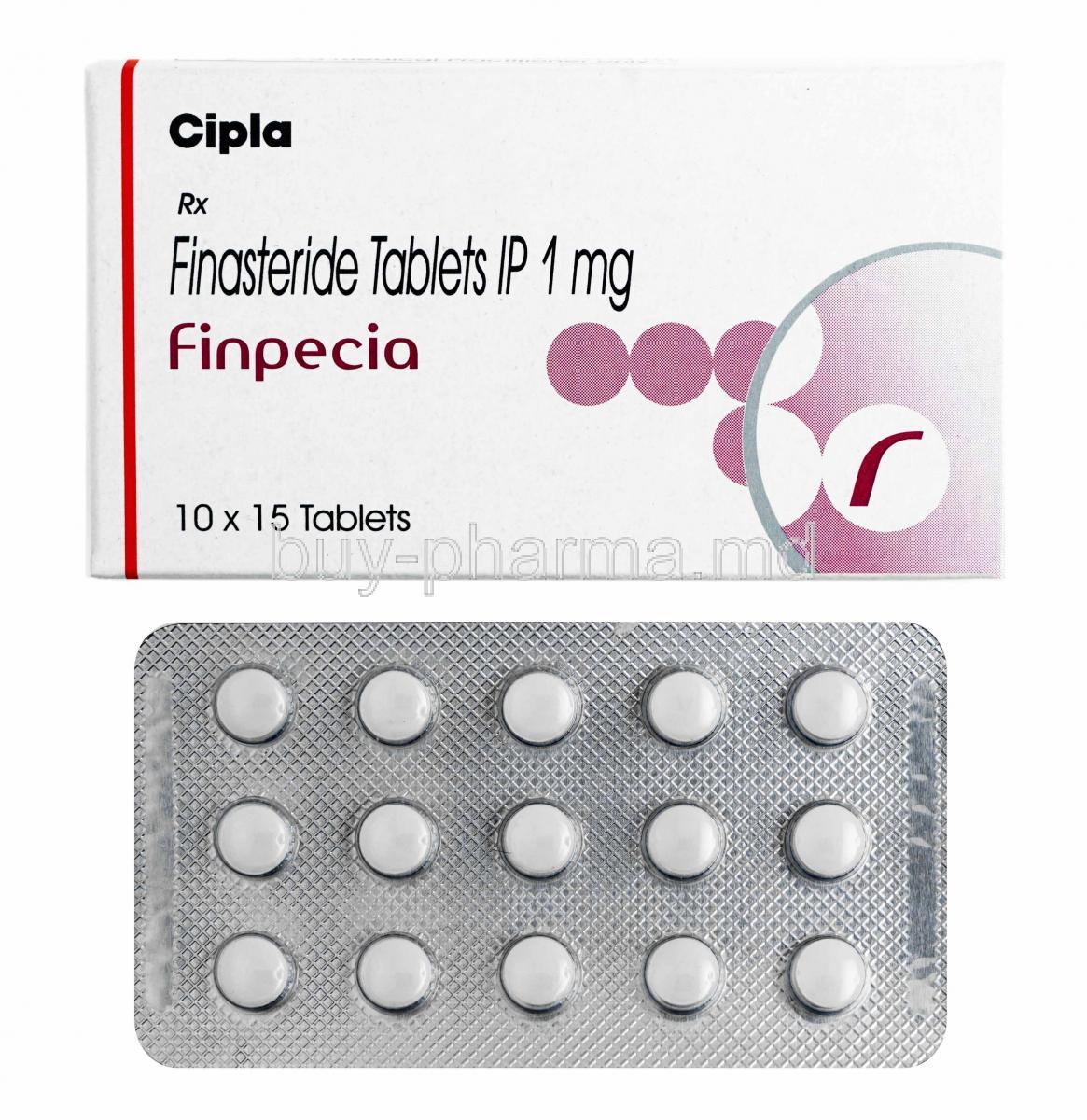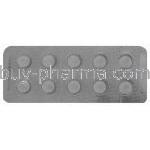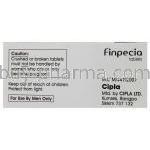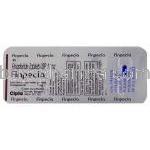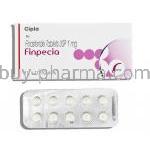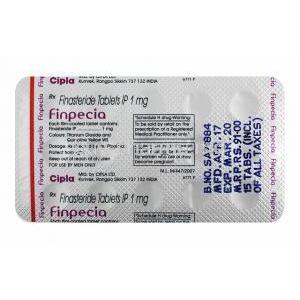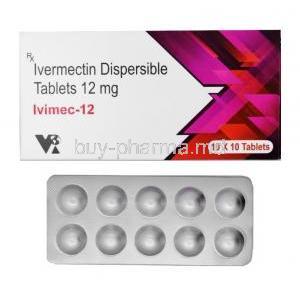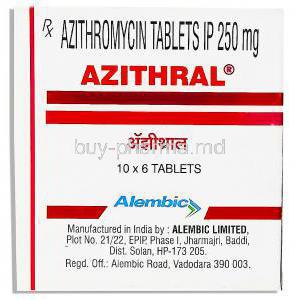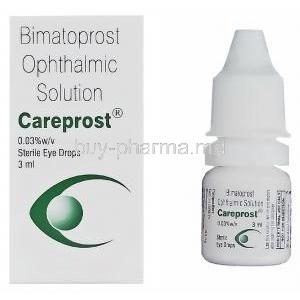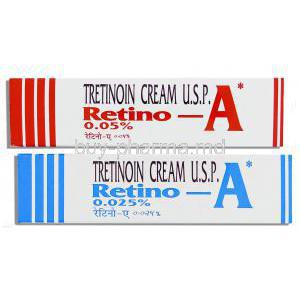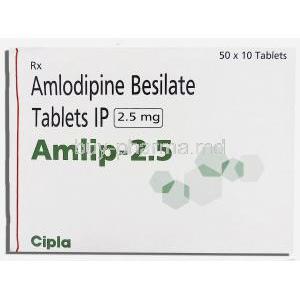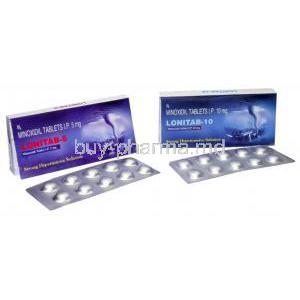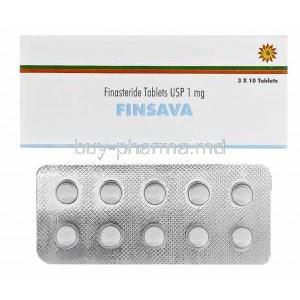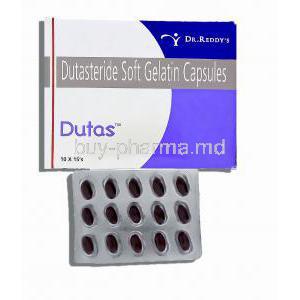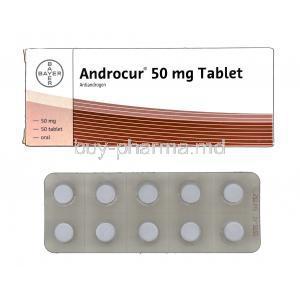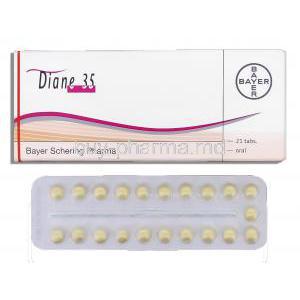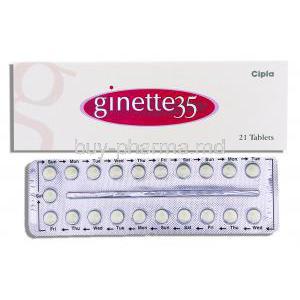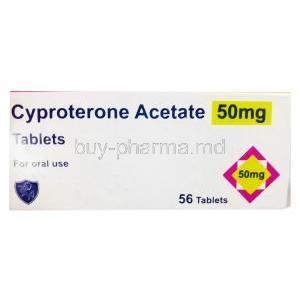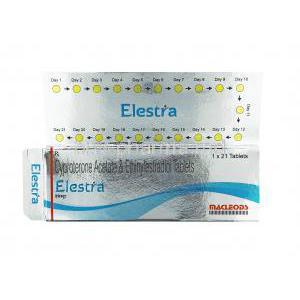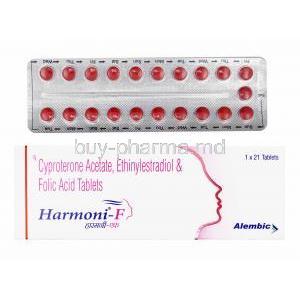1. Introduction to Finpecia (Finasteride)
What is Finpecia?
Finpecia is a generic pharmaceutical formulation containing the active ingredient finasteride, a potent 5-alpha-reductase inhibitor. It is primarily prescribed for men to treat hair loss associated with androgenetic alopecia and to manage benign prostatic hyperplasia (BPH). Manufactured by Cipla, Finpecia offers a cost-effective alternative to brand-name finasteride therapies.
Finpecia vs. Brand-Name Finasteride (e.g., Propecia)
While Finpecia and Propecia share the same active ingredient—finasteride 1 mg—the key distinction lies in branding and price point. Finpecia is bioequivalent to Propecia, offering similar efficacy and safety profiles. However, Finpecia is more accessible due to its affordability in generic markets.
Regulatory Status and Manufacturer
Finpecia is approved in various countries where generic medications are permitted. It is manufactured by Cipla Ltd., a globally recognized pharmaceutical company known for its high standards in quality and compliance.
Available Strengths and Dosage Forms
Finpecia is typically available as oral tablets containing 1 mg of finasteride. For BPH management, other generic formulations with 5 mg dosage strength may be prescribed under different brand names.
2. Medical Uses of Finpecia
2.1 Approved Indications
- Treatment of Androgenetic Alopecia: Finpecia slows the progression of male pattern hair loss by reducing scalp DHT levels, promoting hair retention and regrowth.
- Management of Benign Prostatic Hyperplasia: Though not the primary indication for Finpecia 1 mg, higher doses of finasteride (5 mg) are clinically approved to treat urinary symptoms associated with enlarged prostate.
2.2 Off-Label Uses of Finasteride
- Hirsutism in Women: Low-dose finasteride is occasionally used under endocrinological supervision to reduce excessive facial or body hair growth caused by androgen excess.
- Transgender Hormone Therapy: Finasteride is integrated into MTF (male-to-female) regimens to mitigate the effects of endogenous testosterone on hair follicles and skin.
- Acne and Seborrhea: Emerging studies suggest a role in reducing androgen-mediated skin conditions, though conclusive data remains limited.
3. Mechanism of Action: How Finpecia (Finasteride) Works
Inhibition of Type II 5-Alpha-Reductase Enzyme
Finasteride selectively inhibits the Type II isoform of 5-alpha-reductase, the enzyme responsible for converting testosterone into dihydrotestosterone (DHT), a more potent androgen.
Reduction of Dihydrotestosterone (DHT) Levels
By decreasing serum and tissue DHT concentrations, Finpecia effectively diminishes androgenic effects on the scalp and prostate, which are primary contributors to hair follicle shrinkage and prostate enlargement.
Impact on Hair Follicle Miniaturization
DHT-induced follicular miniaturization is halted or reversed, allowing terminal hairs to regrow in affected regions of the scalp.
Hormonal Modulation in Prostate Tissue
In the prostate, lower DHT levels lead to glandular shrinkage and symptomatic improvement in urinary flow and bladder emptying.
4. Dosage and Administration Guidelines
4.1 Standard Dosage for Hair Loss
The recommended dose for androgenetic alopecia is 1 mg of finasteride once daily, with or without food. Clinical improvement typically becomes evident after 3 to 6 months of consistent use.
4.2 Dosage for Benign Prostatic Hyperplasia
For BPH, the conventional dosage is 5 mg daily. Some cases may require combination therapy with alpha-adrenergic antagonists for optimal relief from urinary symptoms.
4.3 Missed Dose and Dose Adjustment
If a dose is missed, it should be taken as soon as remembered unless it is close to the next scheduled dose. Double dosing is discouraged. Discontinuation may lead to reversal of therapeutic benefits over time.
5. Composition and Formulation Details
- Active Ingredient: Finasteride 1 mg (or 5 mg depending on the indication).
- Inactive Ingredients: Lactose monohydrate, starch, microcrystalline cellulose, sodium starch glycolate, magnesium stearate, and film coating agents.
- Tablet Appearance: Round, film-coated tablets typically marked with identifying imprints based on manufacturer specifications.
6. Storage and Handling Instructions
- Store at 15–30°C (59–86°F) in a dry place.
- Protect from moisture, humidity, and direct sunlight.
- Unused or expired tablets should be disposed of in accordance with local pharmaceutical waste guidelines to prevent accidental ingestion or environmental contamination.
7. Side Effects of Finpecia
7.1 Common Side Effects
- Reduced libido or diminished sexual desire
- Erectile dysfunction or difficulty maintaining an erection
- Decreased volume of ejaculate or ejaculatory dysfunction
7.2 Less Common or Serious Side Effects
- Breast enlargement or tenderness (gynecomastia)
- Pain or discomfort in the testes
- Hypersensitivity reactions including rash, urticaria, and facial swelling
7.3 Post-Marketing Adverse Event Reports
- Mood disturbances including depression and anxiety
- Rare reports of suicidal thoughts in susceptible individuals
- Persistent sexual dysfunction even after drug discontinuation, known as Post-Finasteride Syndrome (PFS)
8. Drug Interactions and Combination Risks
- CYP3A4 Pathway: Finasteride is metabolized via the hepatic cytochrome P450 system. Potent CYP3A4 inhibitors (e.g., ketoconazole, erythromycin) may alter plasma levels, though clinical relevance is minimal.
- Hormonal Agents: Concurrent use with testosterone or DHT-based therapies may negate finasteride’s effects.
- PSA Screening: Finasteride suppresses serum PSA levels, potentially masking early signs of prostate malignancy. Adjusted PSA interpretation is required in ongoing prostate cancer screening.
9. Warnings and Important Safety Information
Finpecia, though generally well-tolerated, is associated with specific clinical warnings that necessitate informed prescribing and patient education.
- Risk of High-Grade Prostate Cancer: Finasteride has been linked to an increased incidence of high-grade prostate tumors despite reducing overall prostate cancer risk. Patients should undergo regular prostate-specific antigen (PSA) testing.
- Mental Health Risks: Finasteride may induce psychological side effects such as mood swings, anxiety, irritability, or even depressive episodes. Patients with a prior history of psychiatric conditions should be closely monitored.
- Liver Function Considerations: As finasteride undergoes hepatic metabolism, individuals with existing liver impairment should be approached with caution to prevent systemic accumulation.
10. Contraindications to Finpecia Use
- Hypersensitivity: Individuals who have exhibited allergic reactions to finasteride or any of the tablet’s excipients should not use Finpecia.
- Use in Women: Finpecia is contraindicated in women, particularly those who are pregnant or may become pregnant, due to the risk of teratogenicity in male fetuses.
- Pediatric Contraindication: Safety and efficacy have not been established in individuals under 18 years of age, and the medication should not be prescribed to children or adolescents.
11. Guidelines for Careful Administration
11.1 Patients with Hepatic Impairment
Finasteride is extensively metabolized in the liver. Patients with hepatic dysfunction require vigilant monitoring, including periodic liver enzyme evaluations. Dose adjustment may be necessary depending on hepatic clearance rates.
11.2 Patients with Urinary Obstruction
Before initiating Finpecia for prostate-related issues, it is critical to rule out other causes of urinary obstruction. Failure to perform proper diagnostic screening may delay identification of malignancy or structural anomalies.
11.3 Patients Undergoing Prostate Cancer Screening
Finpecia artificially lowers PSA levels, potentially masking early signs of prostate cancer. A revised PSA interpretation factor (doubling the measured value) should be applied when screening patients on finasteride therapy.
12. Precautions Before and During Use
- Sexual Health Monitoring: Since Finpecia may impact sexual performance, regular assessment of libido, erectile function, and ejaculatory volume is advised during treatment.
- Expectation Management: Patients should be counseled that hair regrowth or BPH improvement may take several months. Discontinuation often reverses any therapeutic gains.
- Adherence Importance: Skipping doses or inconsistent usage reduces efficacy. Long-term, uninterrupted use is necessary to maintain treatment outcomes.
13. Administration in Special Populations
13.1 Use in Elderly Patients
In men aged 65 and older, Finpecia remains effective for BPH, though therapeutic response may be slower. Given the prevalence of hepatic and renal comorbidities in this group, dosage adjustments and additional laboratory monitoring may be warranted.
13.2 Use in Pregnant Women and Nursing Mothers
- Fetal Risk: Finasteride exposure during pregnancy can result in external genital malformations in male fetuses. Women who are or may become pregnant must avoid any contact with crushed or broken tablets.
- Handling Guidance: Tablets are film-coated to prevent direct contact. If the coating is compromised, gloves should be worn, and accidental exposure should prompt medical evaluation.
13.3 Use in Pediatric Patients
Finpecia is not approved for use in pediatric patients due to insufficient safety and efficacy data. The pharmacological mechanism also presents unnecessary hormonal modulation risks in developing children.
14. Finpecia Overdose: Risks and Management
- Signs of Overdose: Although rare, excessive finasteride intake may cause hormonal imbalance symptoms such as gynecomastia, sexual dysfunction, or depression.
- Management Approach: There is no specific antidote for finasteride overdose. Symptomatic and supportive care should be provided, including hydration and hormonal panel assessment.
- Emergency Protocols: In cases of intentional overdose or severe reaction, contact poison control or emergency medical services immediately.
15. Handling Precautions and Safe Use
- Precautions for Women: Women of childbearing potential must not handle broken or crushed tablets to prevent transdermal absorption of finasteride.
- Tablet Integrity: Tablets are designed with a protective film coat to minimize accidental exposure. Damaged tablets should be discarded properly.
- Guidance for Caregivers: Those administering Finpecia on behalf of patients should use gloves when handling compromised tablets and wash hands thoroughly after contact.

